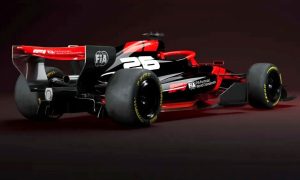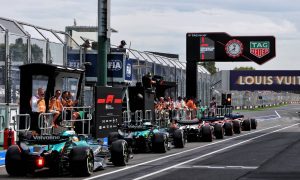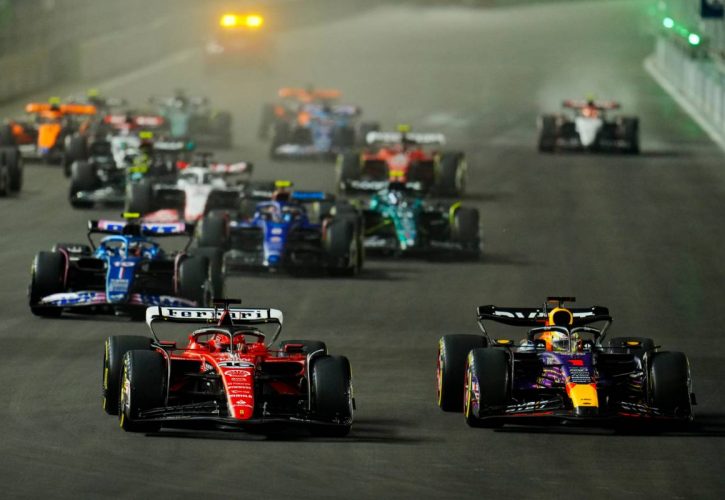
The FIA is focussed on producing a new generation of lighter, more responsive cars on the grid from 2026 when the next major change in technical rules and regulations comes into effect.
A move to more environmentally friendly engines including fully sustainable fuel and revised turbo-hybrids eliminating the need for the MGU-H have already been agreed, which has encouraged Audi to enter F1 as a manufacturer.
But the governing body also wants to use the step change in the rules to work on complaints that the current cars are too heavy which makes them less responsive and harder on their tyres, impacting the on-track racing.
The first draft of outline regulations is due by the end of next June, but the FIA's head of single seaters Nikolas Tombazis told media including Motorsport.com that the revised 2026 car layout is already defined.
The cars will be shorter, with the wheelbase expected to be trimmed down from 3600mm to 3400mm, and also narrower by 10cm, reduced from 2000mm to 1900mm - all with one purpose in mind.
"We aim to have a significantly lower weight limit and we are looking to reduce the weight limit by 40 to 50 kilos in 2026," explained Tombazis. "The way we want to do that is related to what we've termed the 'nimble car' concept
"We basically feel that in recent years the cars have become a bit too bulky and too heavy," he added. Lower downforce levels will also be crucial, as reduced load will enable teams to use lighter bodywork components.
"This lower downforce means that a lot of the loading on components, such as suspension, will reduce and that will enable the teams to reduce the weight consequentially," Tombazis confirmed.
Changing the current 18-inch wheels will also play a part. "We are tentatively aiming for wheels that are 16-inch wheel rims, with smaller wheel diameter and smaller width both front and rear.
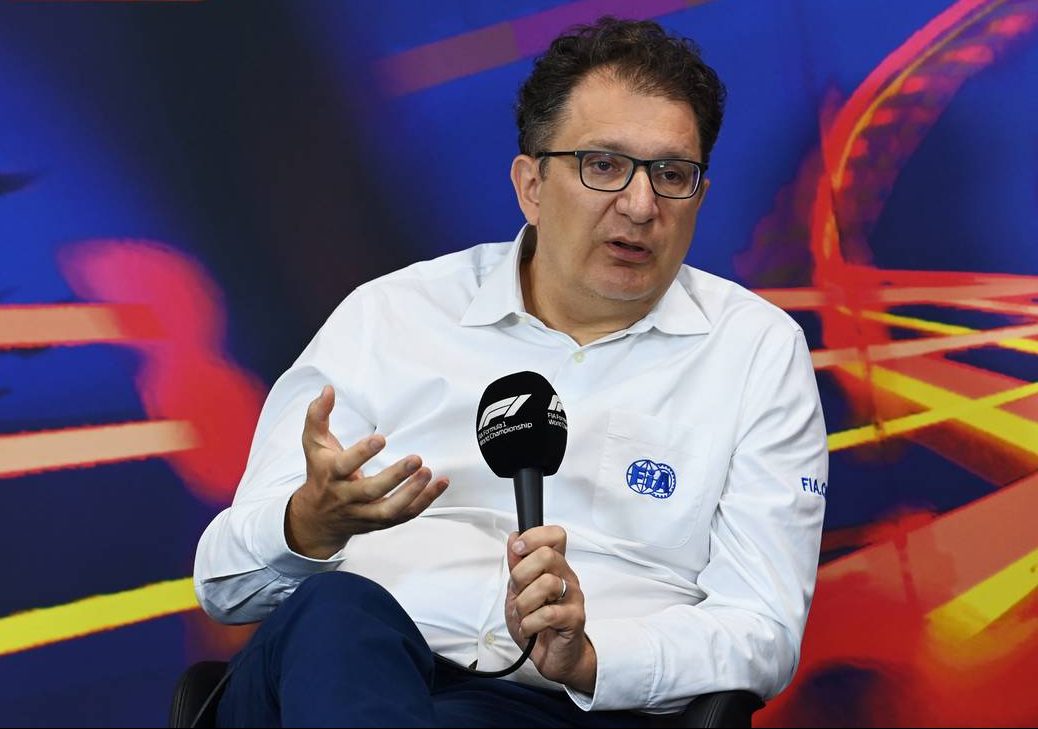
"All of these things we believe are pushing towards a significantly lower weight," Tombazis stated. Ground effect aerodynamics will be retained, with the rules to be revised to ensure cars can follow each other more closely.
"The 2023 season had a small worsening of the close racing features," Tombazis admitted. "The cars had degraded a bit in their ability to follow each other closely. We think we understand why, how and what we need to do.
"We believe that the next round [of rule changes] will achieve a much more robust, close racing solution," he asserted. But suggestions that leading cars will have to run more aero drag - a reverse DRS - have been discounted.
"There will definitely be a change of incidence of the wing on the straight to achieve the low drag, but there will definitely not be any slowing down of the front car by some means. That simply wouldn't work.
"There will be something equivalent to the current DRS, which will basically enable the following car that is within a certain limit to potentially get in a position to attack.
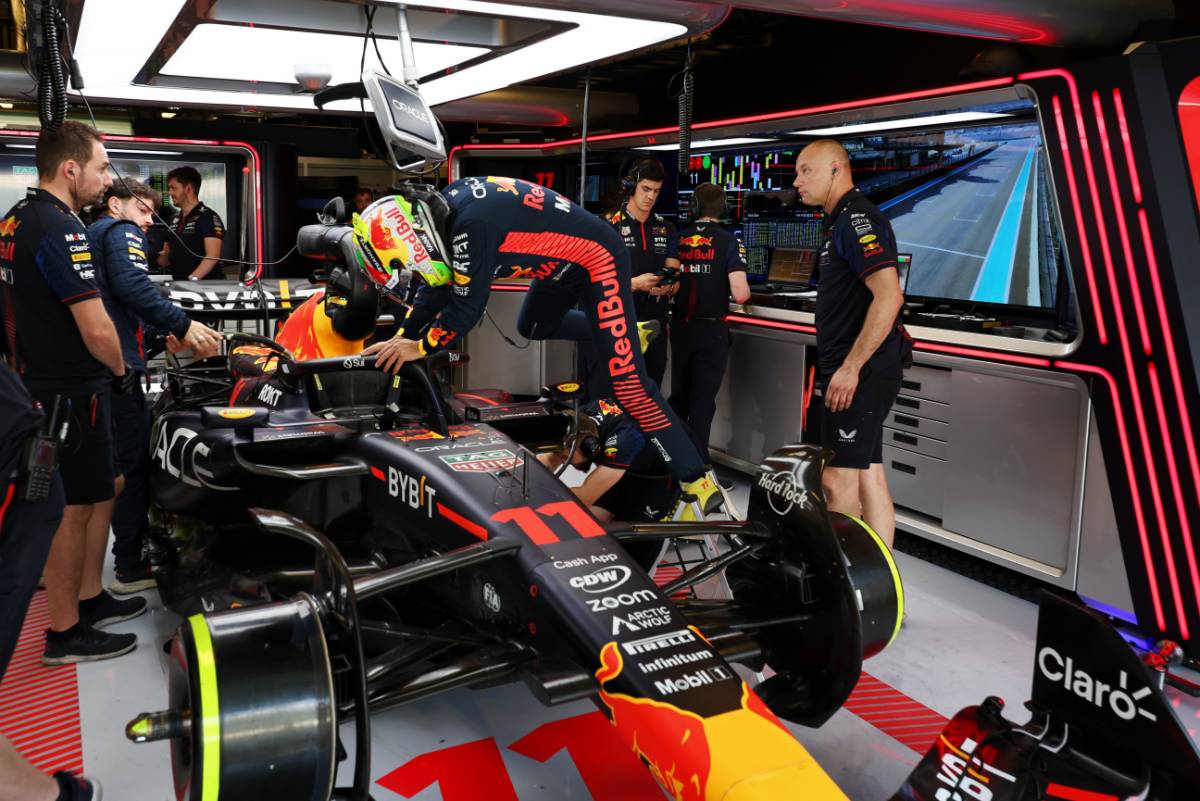
"What form this will take [is still open]: whether it will be an additional change of an aerodynamic component on the straight, or an additional change of the aerodynamic component in the corner, or part of the energy of the engine.
"Which of the three, we're still doing our best simulations to arrive to the best possible solution," he said. "What we don't want to have is cars basically diving past each other on the straight.
"We want cars arriving close to each other at the braking point and there being a fight, and drivers having to use their skill," he said. "We never want to make it too easy, but we also don't feel we can say [DRS] is not needed anymore.
"We can't risk arriving into a situation where overtaking becomes impossible again, so we want to have it in the pocket and to use it moderately, but not highly."
All of these changes, together with the ICE output falling from 550-560kw down to 400kw and the battery element jumping from 150kw to 350kw, could affect the overall speed of the cars.
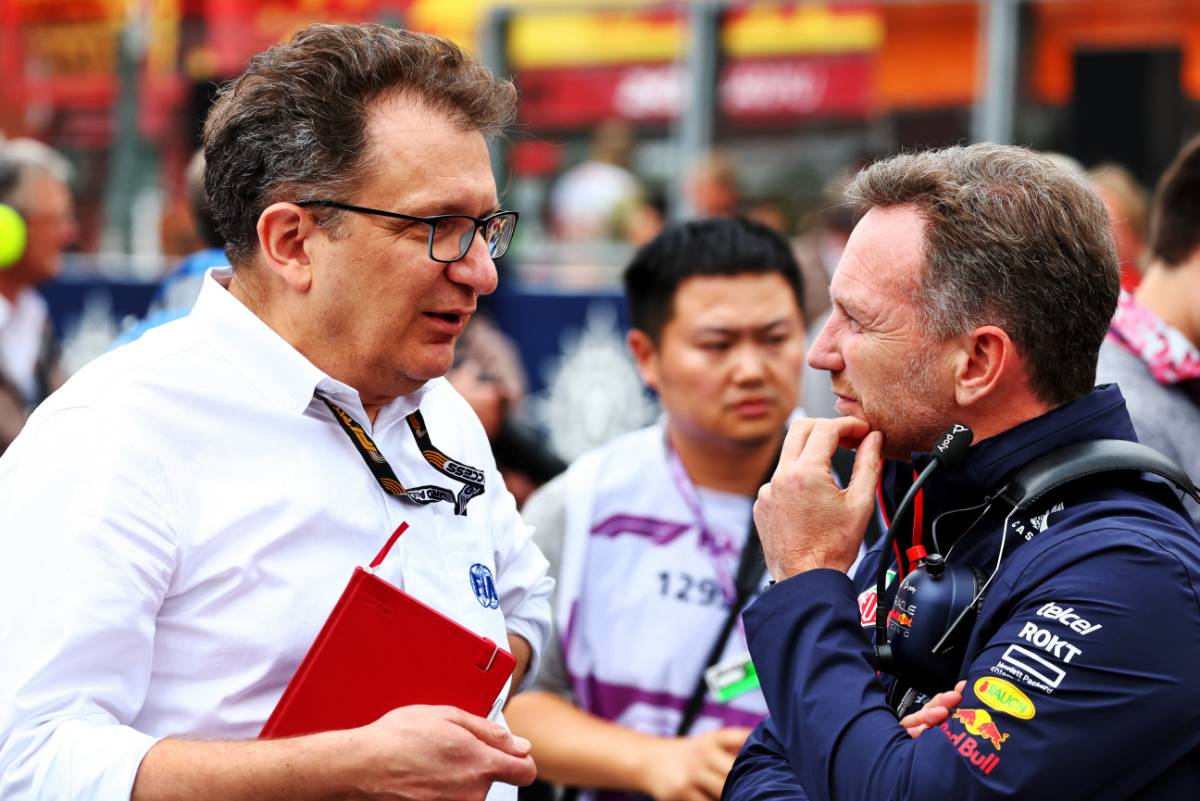
"It's going to be very close to now," Tombazis reassured. "I think we're going to be within a couple of seconds or something like that. Even if it was five seconds slower, we're not going to be sweating too much."
"The combination of low drag on the cars, with the way that energy can be recovered or deployed, achieves a speed profile of these cars which is very similar to the current cars.
"So the cars won't be reaching the top speed in the middle of the straight and then degrading or anything like that, that's not going to be the case," adding there was no sense this could be a "disaster scenario" in races.
"There's some tweaks on the energy side of the engine that will achieve the correct characteristics," Tombazis insisted.
Overall, he said there was no need to worry that cars will look radically different. "Somebody who knows about it will be able to see the differences, but they will look like F1 cars. On that there shouldn't be any doubt."
Keep up to date with all the F1 news via Facebook and Twitter





